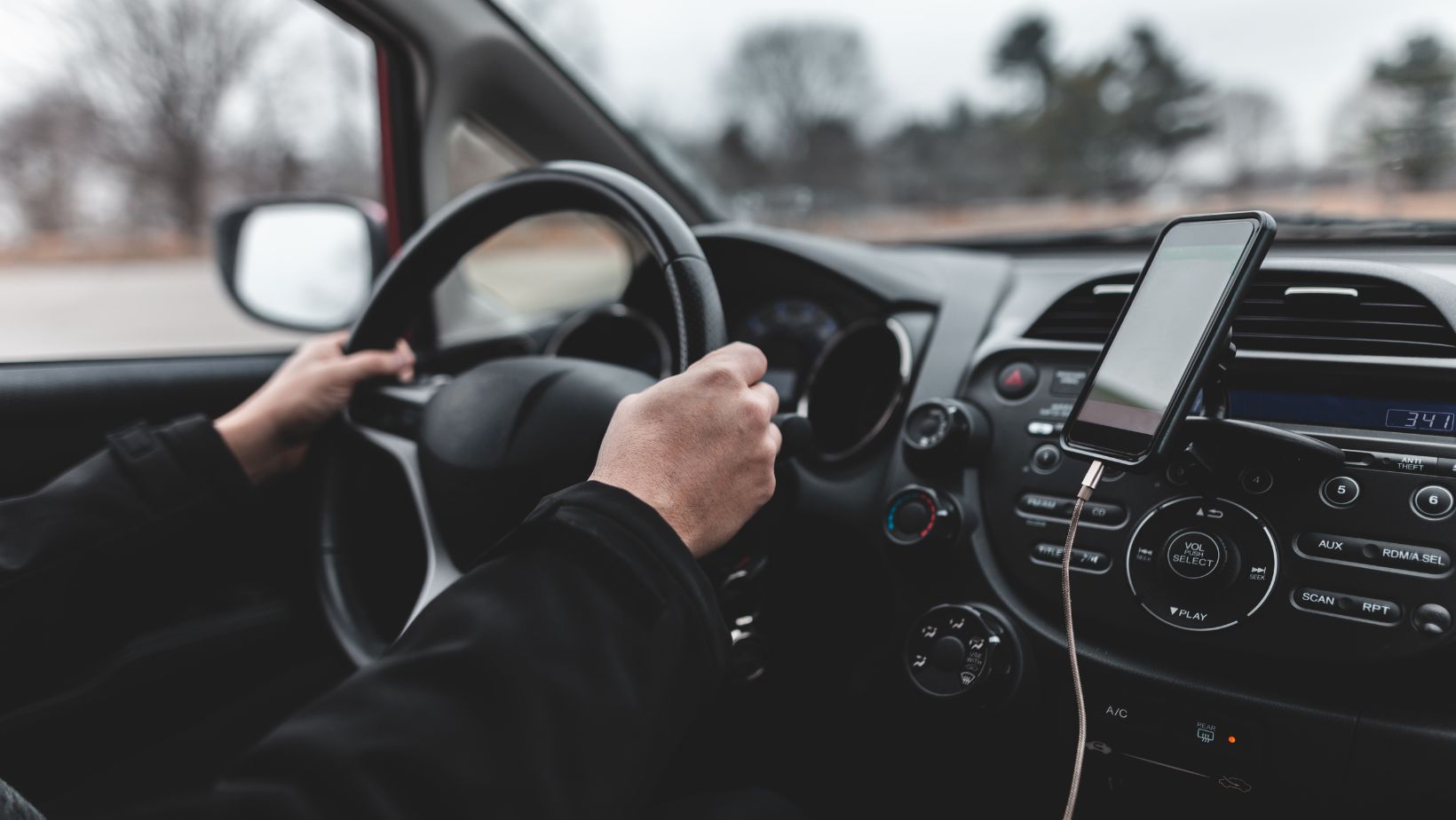
 Parking and Driving Safely are Two Different Functions
Parking and Driving Safely are Two Different Functions
Parking and driving safely are two essential functions that play a crucial role in maintaining order on the roads. While both activities involve being behind the wheel, they require distinct sets of skills and attention. Understanding the importance of differentiating between parking and driving can significantly contribute to overall road safety.
When it comes to parking, precision and spatial awareness are key. It requires careful maneuvering into designated spots, often with limited space. Parking safely involves accurate judgment, effective use of mirrors, and knowledge of blind spots. Additionally, being mindful of other parked vehicles or obstacles is vital to avoid accidents or damage.
On the other hand, driving encompasses a broader range of skills and responsibilities. As drivers, we navigate through traffic, adhere to traffic laws, anticipate potential hazards, and make split-second decisions. Maintaining a safe following distance from other vehicles at all times is critical for preventing collisions. Being attentive to traffic signals and signs ensures smooth flow on the roads while minimizing risks.
Understanding these distinctions highlights why parking safely should not be underestimated or overlooked as merely a minor aspect of driving. By recognizing that parking requires its own set of skills and precautions separate from those needed for driving itself, we can enhance our overall safety on the roads.
Understanding the Difference between Parking and Driving
When it comes to getting behind the wheel, it’s important to understand that parking and driving are two distinct functions that require different skills and techniques. While both activities involve operating a vehicle, they serve different purposes and require different levels of attention and focus.
Here’s a breakdown of the key differences between parking and driving:
- Purpose: The primary purpose of driving is to navigate from one location to another. Whether you’re commuting to work or embarking on a road trip, driving involves safely maneuvering through traffic, following road rules, and maintaining control of your vehicle. On the other hand, parking is all about finding an appropriate spot for your vehicle to remain stationary. It could be in a parking lot, on the street, or in a designated parking space.
- Skills Required: Driving requires a range of skills including accelerating, braking, steering, changing lanes, merging with traffic, and anticipating potential hazards on the road. It demands continuous attention and quick decision-making abilities. Parking, on the other hand, calls for precision in controlling speed and direction while entering or exiting a parking space. It involves mastering techniques like parallel parking or angle parking depending on the situation.
- Focus: When you’re driving, your focus should primarily be on the road ahead and around you to ensure safe navigation among other vehicles and pedestrians. You need to be aware of traffic signals, signs, speed limits as well as any unexpected situations that may arise while driving. In contrast, when you’re parking your vehicle – whether it’s parallel or perpendicular – your focus shifts more towards spatial awareness within confined areas such as garages or tight spaces.
- Time Frame: Driving typically involves longer time frames where you’ll spend considerable periods behind the wheel continuously moving towards your destination. Parking usually takes place during shorter intervals when you need to find an available spot for temporary stay or long-term storage.
- Risk Factors: While both driving and parking carry inherent risks, the nature of these risks differs. When driving, the risk factors include high-speed collisions, distracted driving, impaired judgment, and fatigue. Parking-related risks involve potential damage to other vehicles or objects while maneuvering into a parking space or navigating out of it.

The Importance of Parking Safely
When it comes to driving, many people tend to focus on the act of driving itself and overlook the importance of parking safely. However, parking is a crucial function that requires its own set of skills and awareness. In this section, we will explore why parking safely should be given just as much attention as safe driving.
First and foremost, parking safely ensures the well-being of both drivers and pedestrians. When a vehicle is parked haphazardly or inconsiderately, it can obstruct visibility for other drivers or create hazards for pedestrians trying to navigate around it. By taking the time to park properly within designated spaces or areas, we can minimize accidents and promote a safer environment for everyone.
Parking safely also helps maintain traffic flow and efficiency. Improperly parked vehicles can cause congestion in busy areas such as shopping centers or city streets. This leads to frustration among drivers, increased travel time, and unnecessary delays. By parking considerately and following established guidelines, we contribute to smoother traffic flow and help prevent unnecessary bottlenecks.
Moreover, parking safely reflects on our personal responsibility as drivers. It shows respect for public spaces and consideration for others who may need access to available spots. Whether it’s at a crowded event venue or in front of a local business, being mindful of how we park demonstrates good citizenship and promotes positive interactions within our communities.






